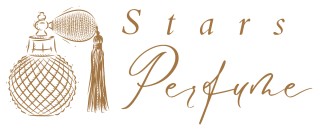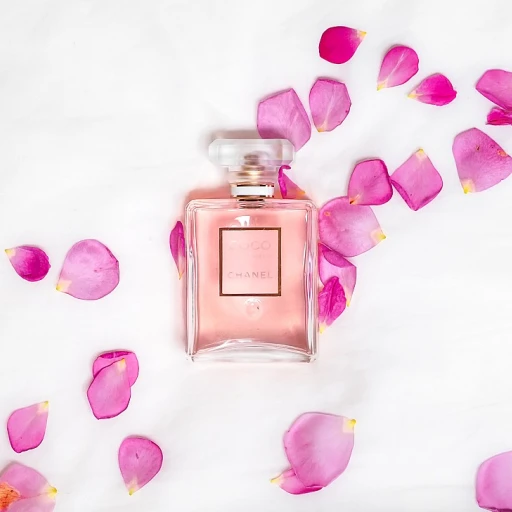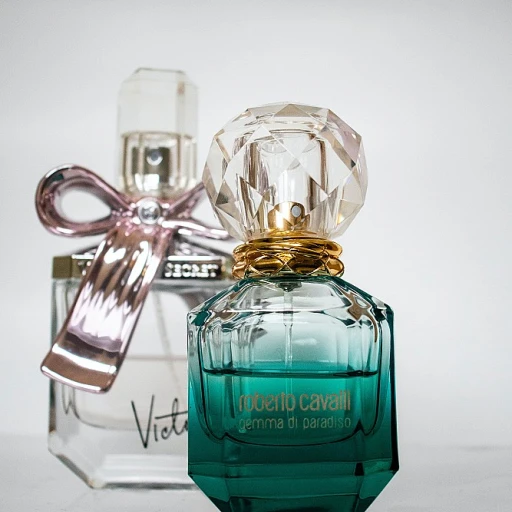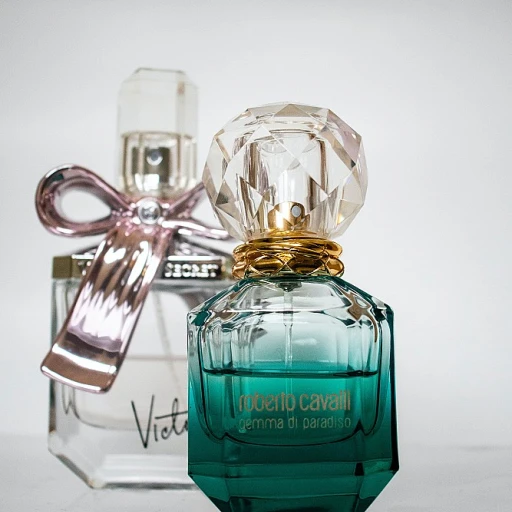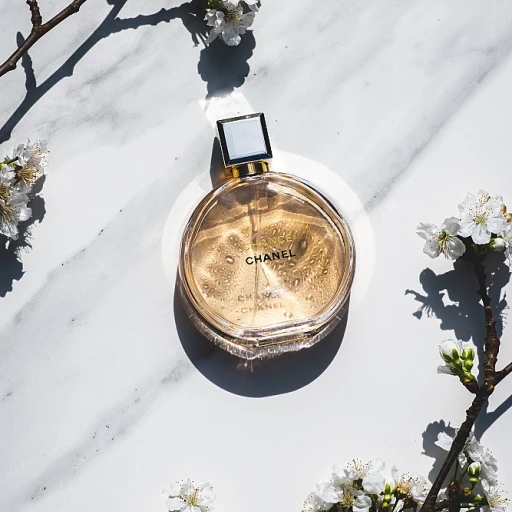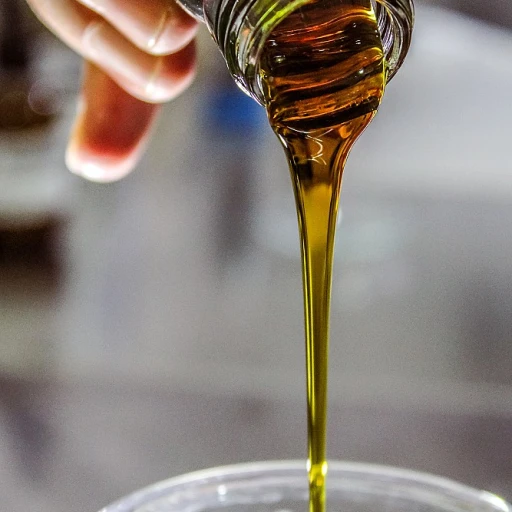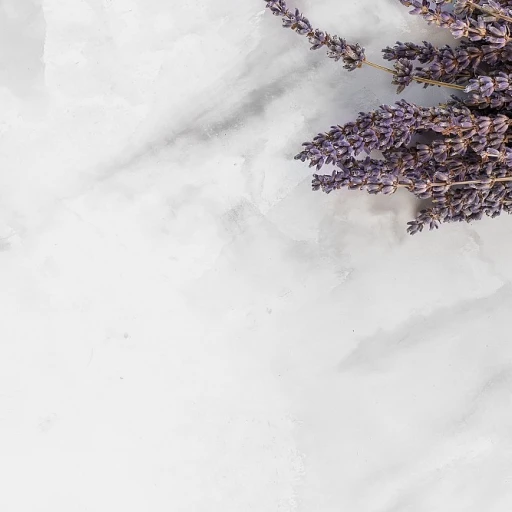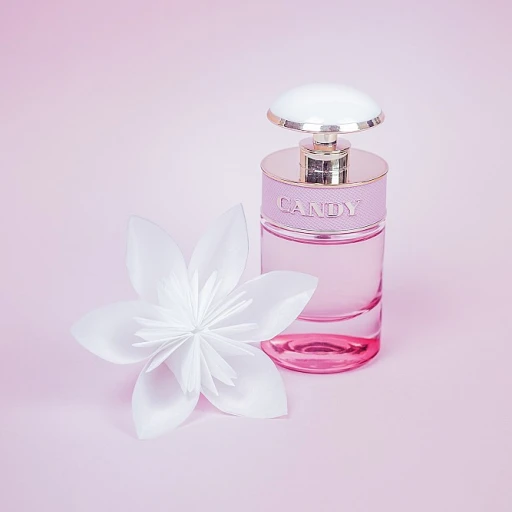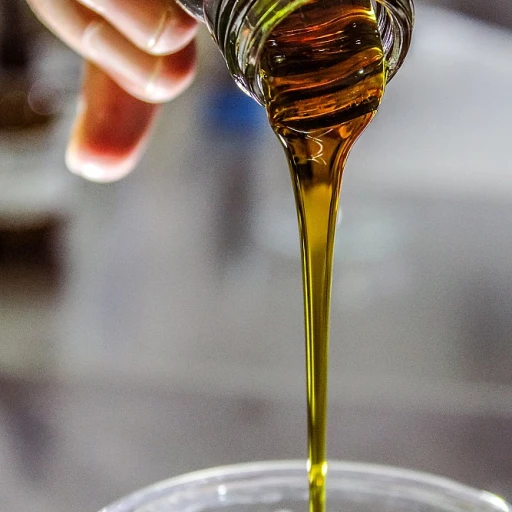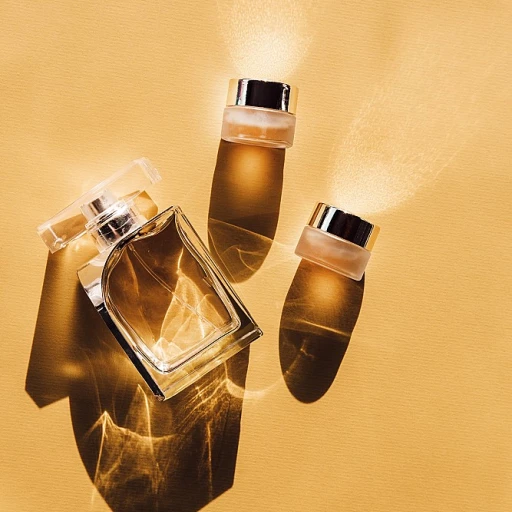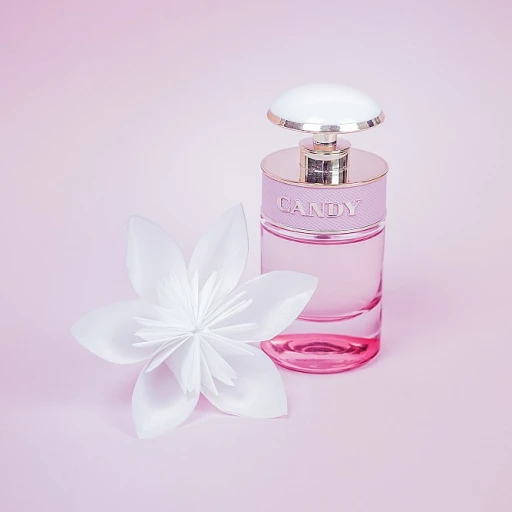
Understanding the Basics of Fragrance Families
Deciphering the Fragrance Families
In the world of perfume, understanding fragrance families is akin to knowing the different genres of music. Each family presents a distinct olfactory experience, allowing enthusiasts to find what truly resonates with their senses. The primary families include floral, oriental, woody, and fresh. Each family encompasses various notes, from the warm and warm vanilla embraced by the oriental family, to the clean fresh elegance of citrus aromas in the fresh category.
Floral Fragrances predominantly highlight notes from flowers such as lily of the valley and orange blossom. These can range from a subtle light floral to a more robust floral scent. An example here is the versatile use of white tea and jasmine.
Woody Scents like sandalwood and amber bring a warm earthy depth, while the musky undertones offer a seductive depth, often found in pour homme fragrances.
Meanwhile, fresh scents, characterized by pink grapefruit or lemon, provide a clean fresh feel that exhilarates the senses. The mingling of citrus and herbaceous notes like white tea is a classic example of this refreshing family.
On the other hand, oriental perfumes savor exotic allure with spices such as clove, tonka bean, or sweet warm vanilla, ideal for those desiring a lingering, warm presence.
Understanding these nuances allows us to appreciate how perfumes craft olfactory narratives through expertly layered notes: top notes tease with a fleeting aroma, middle notes reveal the core character, while the bottom notes provide an enduring foundation. Learning these foundations enhances one's perfume journey, deepening the sensory bond and perhaps inspiring experimentation with gift sets or blending oils to curate personal scents.
For a more detailed exploration of these aromatic elements, visit our comprehensive guide on floral waters and their vital role in fragrance design.
The Art of Layering Scents
Creating Harmonious Layers with Fragrance
Exploring the delightful world of aromas requires understanding the technique of layering scents. This art form, often used by perfume aficionados, involves combining different perfumes or fragrance notes to create a unique signature scent. Layering is not just about mixing fragrances; it's about achieving balance and harmony. Consider the top, middle, and bottom notes:- Top Notes: These are the initial scents, the first impression of the perfume. Notes like lemon, pink grapefruit, and citrus offer a fresh and clean aroma.
- Middle Notes: Often referred to as the heart of the fragrance, they emerge after the top notes fade away. Light floral notes such as lily valley or warm scents like tea and orange blossom can enhance the perfume's body.
- Bottom Notes: These provide the lasting impression, often comprised of rich, warm elements like sandalwood, vanilla, and musk.
The Role of Natural vs. Synthetic Ingredients
Nature and Science in Harmony
When examining the essence of fragrance, it's crucial to delve into the debate surrounding natural versus synthetic ingredients. Both have unique qualities that cater to different preferences and philosophies of scent creation.
Natural ingredients, including essential oils extracted from flowers, leaves, and woods, offer a depth and richness that's hard to replicate. Think of the sweet allure of vanilla or the fresh zest of lemon — these are the top notes and bottom notes that dominate many natural compositions. Essential oils like those derived from white tea, orange blossom, and sandalwood provide a fresh, clean, and warm floral scent, tapping into timeless fragrances.
On the other hand, synthetic ingredients, crafted in labs, revolutionize the perfume world by offering more stable, longer-lasting scents. They allow perfumers to blend accords that aren't possible through natural means alone, like the deep muskiness of white musk or the warm spice of tonka bean and clove. This synthesis also encourages innovation in notes, giving birth to complex fragrances like those found in popular brands like Tom Ford and Calvin Klein.
One can't ignore the environmental impact either. The ethical sourcing of natural ingredients is a significant concern, whereas synthetics can mitigate the strain on rare flowers or trees. Whether striving for a light floral scent with musk or aiming to achieve a rich blend with amber and black pepper accents, opting for the right blend of notes is essential.
For those who want to experience the best of both worlds, gift sets often combine the unique features of natural and synthetic, offering scents like lily valley and pink grapefruit that deliver a spectrum of olfactory experiences.
In a world where fragrance is both art and science, finding the balance between nature and technology transforms the perfume industry. Whether enjoying a warm vanilla tone or the crispness of citrus notes, embracing both natural freshness and synthetic innovation is key to elevating your space with home fragrance sprays or personal scent.
Cultural Influences on Fragrance Preferences
Fragrance Influences Across Cultures
The aroma that captivates one person might not be as appealing to another, and culture plays a significant role in these preferences. Scents form an integral part of cultural identity, often reflecting a society's unique traditions, climate, and local flora. Consider the influence of warm and spicy notes like clove and sandalwood, which are often preferred in countries with a rich history of spice trade, such as India and the Middle East. These regions frequently embrace perfumes with warm vanilla and top notes of amber, creating fragrances that envelop one in a sense of exotic warmth. In contrast, Western cultures might lean towards lighter, clean fresh scents. Perfumes here often include notes like white tea and citrus, as seen in fragrances by popular brands such as Tom Ford and Calvin Klein. These notes provide a refreshing, almost therapeutic experience, reminiscent of breezy spring days and the crispness of lemon or pink grapefruit. Floral scents also vary across the globe. For instance, orange blossom and lily of the valley might be cherished in the perfumes of France, exuding a romantic and light floral ambiance. Meanwhile, in parts of Asia, floral scents with a touch of sweet musk, such as those found in gift sets with floral notes musk, might appeal more. It's fascinating to see how even the same ingredients like white tea and warm vanilla are perceived differently depending on the cultural backdrop. Whether it's pour homme perfumes for men seeking sophisticated refinement or an enchanting floral scent for a special occasion, understanding these cultural preferences enriches the exploration of fragrances for enthusiasts around the world. In our diverse world, recognizing these cultural variations enhances our appreciation for perfumes, allowing us to select or gift scents that not only smell delightful but also resonate harmoniously with personal and cultural identities.The Science Behind Scent Perception
The Mystical Connection of Scent and Brain
The captivating world of fragrance often feels like magic, but it's firmly rooted in science. The way our brains process scents, like those of warm vanilla or light floral notes, is a sophisticated process that intertwines with memory and emotion. Research has shown that when we inhale a perfume, such as a blend of citrus top notes and warm, musk-infused bottom notes, the scent molecules travel from the nose to the olfactory bulb in the brain. This is where the real magic happens, as the olfactory bulb is directly connected to the areas of the brain that handle emotion and memory. No wonder certain scents, like lemon or sandalwood, can instantly remind us of a specific moment or evoke a particular feeling. In comparing the natural vs. synthetic ingredients in perfumes, both can influence how long their notes, like white tea or amber, linger. For instance, natural components such as essential oils in a fragrance can create complex, rich scents that evolve over time, revealing fresh top notes initially, followed by deeper amber and musk base notes. On the other hand, synthetics can offer more consistent and sometimes more economical and stable scent profiles. When discussing fragrance families, the unique combinations of floral scents like lily of the valley or the warmth of tonka bean create an interplay of top notes and base notes that can either contrast with or complement each other, enhancing our experience of the perfume. The role of cultural differences in scent preference also plays a part here, as what might be considered a clean fresh scent in one culture could be less favored in another. Brands like Tom Ford and Calvin Klein are known for exploring these scientific and cultural bounds, curating scents that speak to the varied preferences of fragrance lovers worldwide, whether it’s the sweet allure of vanilla or bold black musk. In conclusion, while the fragrance itself is momentarily invisible, the impact of its notes is profoundly tangible, affecting human perception and emotion, sometimes in ways we may never fully comprehend. Understanding this scientific underpinning enhances our appreciation and enjoyment of the opulent world of aromas.Challenges in the Modern Perfume Industry
Navigating Modern Challenges in the Perfume Industry
The perfume industry today faces myriad challenges that require a delicate balance between innovation and tradition. Discerning consumers are increasingly focused on the nuances of scent, whether it's a fresh burst of pink grapefruit, the comforting warmth of tonka bean, or the enticing allure of white tea. However, the industry's journey through evolving consumer expectations and environmental considerations is anything but straightforward.
Consumer Demands
In recent years, there's been a noticeable shift toward preference for natural ingredients. This has led to a surge of interest in essential oils and fragrances that highlight natural elements like citrus, sandalwood, and lily of the valley. Consumers seek clean, fresh scents with top notes of lemon and floral middle notes, often desiring perfumes that exude a warm vanilla aura or a light floral scent reminiscent of orange blossom.
Additionally, there's a growing appetite for complexity in fragrances. Perfume aficionados appreciate nuanced compositions where notes of musk blend seamlessly with amber or clove, offering a rich olfactory experience. While classic scents such as Tom Ford and Calvin Klein continue to captivate, there's an undeniable interest in niche creations that prioritize individuality and uniqueness.
Regulatory and Environmental Pressures
The industry also contends with regulatory pressures regarding the use of synthetic ingredients versus their natural counterparts. As discussed previously, the role of these components in fragrance is pivotal. However, regulatory bodies around the world often impose restrictions to ensure safety and sustainability, affecting how perfumes such as those classified as "pour homme" or "floral scent" evolve.
Environmental sustainability is increasingly at the forefront of the industry's focus. With consumers more environmentally conscious than ever, there's a push for sustainable sourcing and eco-friendly production methods. The challenge lies in balancing these priorities while maintaining the integrity of the scent—whether it be fresh and citrusy or alluringly sweet and warm.
Market Competition and Innovation
The competition within the fragrance industry has never been stiffer. With the proliferation of luxury and niche perfumes alike, companies vie for attention by offering innovative products. Gift sets, new olfactory experiences, and marketing strategies leveraging emotional connections with scents are all part of this fiercely competitive landscape.
Moreover, as digital platforms revolutionize consumer buying behaviors, the challenge is to capture the essence of a scent virtually. Descriptions emphasizing the linear progression of top notes, middle notes, and base notes become vital in guiding potential buyers through an unseen aromatic journey.
Ultimately, navigating these challenges requires brands to remain adaptable, agile, and attuned to the evolving preferences of a more informed and engaged consumer base. Embracing innovation while honoring tradition allows the perfume industry to continue offering intoxicating creations that capture the imagination and elevate everyday experiences.
